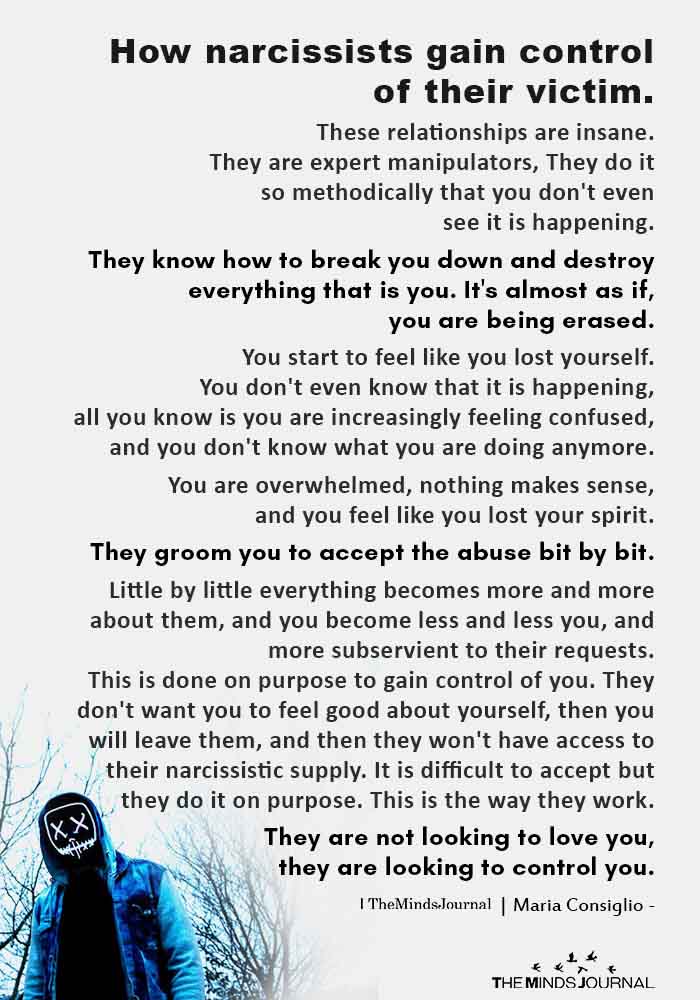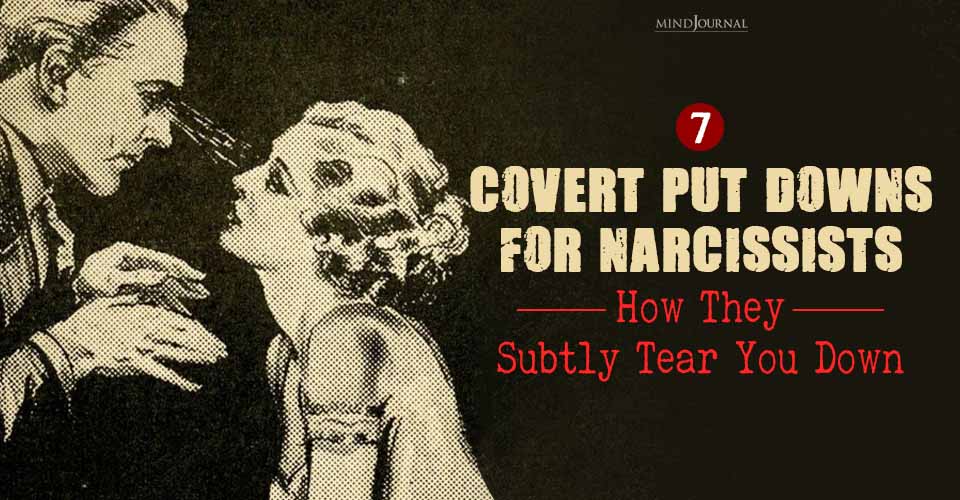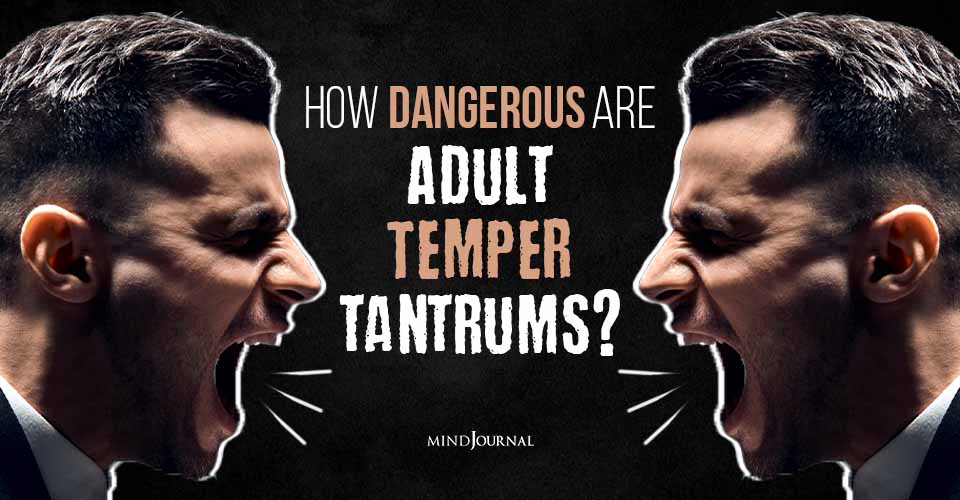Controlling people have dominant personalities. They usually display a body language of dominance to appear superior and in control. However, their movements tend to communicate impatience, tension, and anxiety.
Body Language Of Controlling People
A dominant and controlling body language is usually adopted by an individual who wants to be perceived as being in charge. It refers to how they use their body to intimidate others and show that they are in control of the situation. However, a person displaying non-verbal signs of domination may often not be consciously aware of such behavior.
It can often occur unconsciously due to their dominant and controlling personality. But some people may intentionally behave in a controlling manner and send dominant signals to intimidate and influence someone’s behavior and mindset.
Related: The Myth of Using Explaining and Defending As Viable Forms of Control

Power Struggles In Relationships
Power and control enable us to influence someone’s behavior. Although power struggles in relationships are normal, insecure people with low self-esteem can often become controlling after the initial phase of their relationship. This allows them to boost their feeble egos and poor self-esteem. Controlling people can often have aggressive body language that may lack any positive emotions. As they may feel insecure or threatened by others’ social status, a person may appear compelling, intimidating, and controlling to assert their dominance in a relationship.
However, this is mostly seen in relationships where both partners have equal power. As dominating and controlling behavior is associated with power, people with the least or greatest power do not usually feel the need to appear dominant.
This is why it is crucial that you identify controlling behavior in relationships early on. Insecurity and unhealthy display of superiority can not only make the relationship unhealthy, but it can lead to a negative and toxic experience for both partners leading to the end of the relationship.
Related: 4 Ways a Controlling Partner Damages A Relationship
Identifying Dominant Body Language
Although you can easily notice the body language of a controlling person, some can be rather subtle and can be less obvious. As we mostly communicate and convey messages through nonverbal communication, understanding their body language can help us understand them better. However, most of us are unaware of the messages we deliver with our body language and, thus, these tend to be a more genuine representation of our thoughts and emotions.
Every posture and gesture can reveal what we are thinking and feeling. You can clearly understand what someone is trying to tell you simply by observing their body language rather than simply listening to them. For people engaging in controlling behavior, their need for dominance is often noticeable in their bodies. And this becomes even more obvious when they are anxious or find themselves in scenarios they cannot control.
What Is The Body Language Of Controlling People?

Here are some of the most common body language signals of controlling people that you should watch out for:
1. Stiff facial expressions
Controlling people use certain facial expressions to show dominance over others, especially in relationships. When we communicate in an honest and spontaneous manner, our body language and gestures are usually relaxed. We tend to smile from time to time and our facial expressions add to the sincerity of our words.
However, when controlling people communicate, they lack genuine emotions. Either their expressions will not accompany their words or they will remain blank or stiff. They may use inappropriate and impersonal gestures. They desperately try to control their gesture and communication to show they are in charge.
Dominating people also tend to stare. An article in Exploring Your Mind explains, “They fix their gaze on someone and don’t even blink sometimes. It’s a way of intimidating the person they’re talking to.” This is usually done to either challenge the other person or to assert their power over others.
Related: Understanding The Power And Control Wheel For Child Abuse
2. Crooked, uneven postures
Controlling people usually tend to have asymmetrical postures as they are focused on projecting dominance and superiority over others. They pay close attention to where and how they sit in a room.
“These kinds of people often lift their shoulders and puff out their chests because they want to seem more important to others,” adds Exploring Your Mind. They also try to gain higher ground over others. Hence, they might stand while talking while others may sit. Being higher and looking down on people makes them feel powerful and have a sense of control.
3. Abnormal gestures and movements
People with dominating personalities often make swift and vague gestures with their hands. They may also overuse their hand movements to make their words seem more authentic and impactful. Their entire objective for communication is to show their energy and power.
Pointing is also a common body language trait of controlling people. They may point at you with their index finger frequently while talking to appear threatening and to intimidate you. As such behavior can make you feel defensive, they will gain control over the conversation and dominate it.
According to Exploring Your Mind, “Dominating people tend to use their arms to increase the amount of space they take up.” They might cross their arms while talking to you or place their hands on the hips as it may make you feel uncomfortable or vulnerable. They may also form a fist or lean on the table while making conversation to appear aggressive and in charge.
Related: 9 Warning Signs Of A Controlling Boyfriend
4. Appearing bigger
Dominant people may make certain postures or gestures to appear physically bigger and/or taller. This is especially evident in the animal kingdom as alpha males often try to appear bigger to attract mates and to dominate competitors. Apart from standing tall, a controlling person may also stand in close proximity to intimidate you.
5. Leading forcefully
Controlling people may command you for no reason and take the lead in social situations unnecessarily just to show their dominance. According to Psychologia, “Dominant people will lead from the front, often going through doors before others and walking ahead of the crowd.”

6. Touching inappropriately
Touching other people without consent in an unemotional manner can also be a sign of dominance. The controlling person may pat you on the back to endorse or honor you. Although this may seem like a positive gesture, this is simply a sign of superiority. They show dominance by giving you validation and having the power to decide who deserves it.
7. Controlling conversations
Dominant behavior is not only limited to gestures and postures. They may also use the power words and interrupt conversations to show that they are in charge. They may either cut you off mid-conversation or may start talking before others.
Related: 10 Manipulative Strategies Used By Narcissists To Dominate You
Signs Of Body Language Of Dominance
Apart from the ones mentioned above, there are some other body language signals of controlling people who use communication to assert dominance. According to a report on The Washington Post, some common powerful and dominating stances include, holding “your head high, consciously extending your neck. Take up extra space, extending your arms outward. To make the strongest point, stand up.”
Here are some other body language signs that you need to look out for in a dominating, controlling person:
8. Standing or sitting with legs apart.
9. Standing upright while holding head and chin up to appear taller.
10. Arms spread wide or raised up.
11. Standing on toes or a step or a platform to gain additional height to look down on others.
12. Sticking out their chests.
13. Placing their feet on the table or desk while sitting.
14. Men may wear a large hat and women may style their hair in a specific way to seem taller.
15. Exposing their necks, chests, or crotches in a decent manner showing they are not afraid of an attack.
16. Knees or elbows spread wide.
17. Manspreading or taking up the space of others.
18. Encroaching and invading the personal space of others to show dominance.
19. Claiming a specific area in the house or workplace and expecting others to follow their rules or not to intrude.
20. Holding or touching properties of other people without permission.
21. Standing in the center of a group to gain attention.
22. Attempting to control others by showing off their wealth or influence.
23. Not looking at someone while they are talking to show that the person isn’t important enough.
24. Not smiling or having a non-emotional facial expression while interacting.
25. Controlling others’ time by either rushing them, interrupting them while talking, or arriving late and leaving early.
26. Belittling, humiliating, or criticizing others frequently and without provocation. Lack of respect is a show of superiority.

Responding To A Controlling Person
If you are in a relationship with a controlling person or work with someone who constantly shows dominance over you, then one of the best ways to respond to them is to simply ignore them. Their primary aim is to control you and to make you submit. However, if you are determined to not submit to their subtle or aggressive body language, then they will feel out of control.
You can either appear friendly to them or imitate their dominant body language, gestures, and postures to intimidate them back. Countering their controlling behavior with dominance will make you feel less vulnerable, more confident, and in control.
Here is an interesting video that you may find helpful:












Leave a Reply